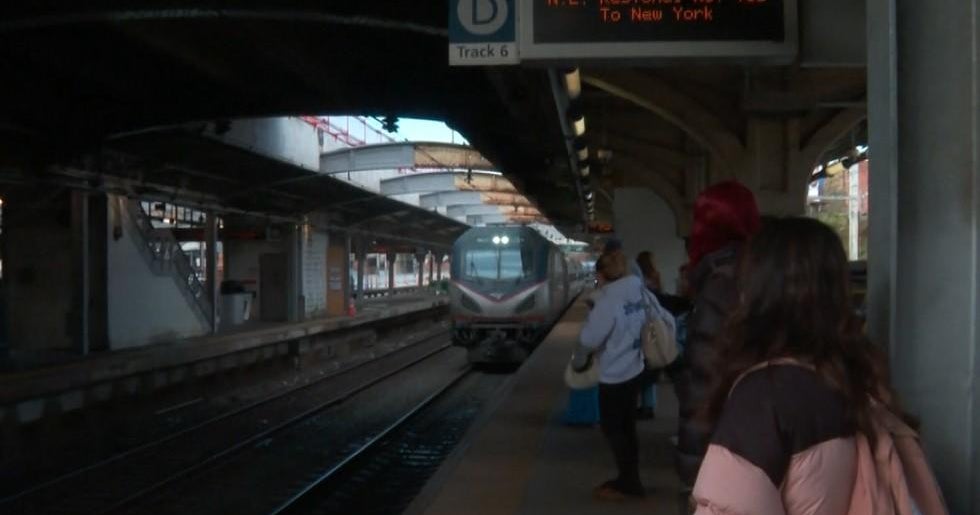Long Journey For U.S. Open Golfers At Congressional
WASHINGTON (AP) -- Reigning U.S. Open champion Graeme McDowell played the famed Blue Course at Congressional Country Club for the first time Monday. It was just a look-see practice round, so naturally it wasn't televised.
But, this being the 21st century, it was very much Twitterized.
"Congressional 7574 yards Par 71 US Open set up," he tweeted during his round. "No-one will break par."
Once he was back in the clubhouse, his assessment was just as foreboding.
"I'm hoping I got the wrong tee at 11," he said, describing the 494-yard par-4 with the creek down the right side of the fairway. "I can't really see much positive to say about that golf hole. If you're selling four 4s, I'm think I'm buying."
It's just as well McDowell wasn't around for U.S. Open's previous stops at Congressional because in many ways it's a whole new golf course that, like Twitter, is made for the new generation. The layout will be the second longest in the championship's history when the event returns to the suburbs of the nation's capital on June 16-19. If all the back tees are used, it will be some 350 yards longer than when Ernie Els won in 1997 and more than 500 yards longer than when Ken Venturi overcame the stifling heat for his legendary 1964 victory.
"We want the U.S. Open to be a rigorous test," U.S. Golf Association Executive Director Mike Davis said at Monday's media day.
Congressional opened in 1924 and has been a favorite of many of the sport's biggest names and some of the nation's most famed politicians, but, like many storied courses across the country, it has needed tinkering to keep up with the times.
—When Els won in '97, the course had a par-3 finish — a rarity for a major tournament. That hole has since been rebuilt and is now the 10th, while the 18th is a breathtaking 523-yard par-4 that slopes downward toward the water.
—When Tiger Woods' tournament, the AT&T National, was played there a few years back, golfers couldn't stop complaining about the bumpy greens. Steve Stricker said he would tap the ball and it would go "any which way it wants." As a result, all 18 greens were rebuilt in 2009-10 with a kind of hybrid grass that better resists the humidity of the mid-Atlantic summers. Davis said the greens will be set to play "very fast" during the championship.
—There are eight new tee boxes, set way back to increase the yardage. The par-5 ninth can now play up to 636 yards — and will have worst rough on the course in a gully right in front of the green. Such a layout poses a problem for McDowell, who isn't a particularly long hitter and didn't need to be when he won at Pebble Beach last year.
—There is one concession in favor of the field. The 555-yard sixth hole will play as a par 5 instead of a par 4. Par for the course was 70 in '64 and '97, but this time it's 71.
"Let me repeat that: The USGA is actually making par go up, not down," Davis said.
Overall, though, the course had to be altered to bring its hazards back into play to match the longer game of today. Davis said his goal was to make it so the golfers would be using the same clubs the architect had in mind when the holes were designed nearly a century ago.
The trick is to do it without altering the character and feel of the place. Ben Brundred Jr., co-chairman of Congressional's U.S. Open committee, knew such changes were inevitable when Tom Kite, at age 55, had the lead after three rounds when the Booz Allen Classic was played there in 2005.
"So what are you going to do?" Brundred said. "You've got a 55-year-old guy that's 40 yards longer than he was in his prime. The holes have to change."
(Copyright 2011 by The Associated Press. All Rights Reserved.)



